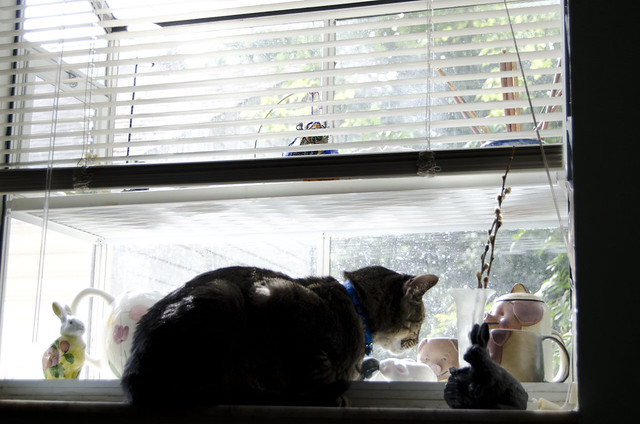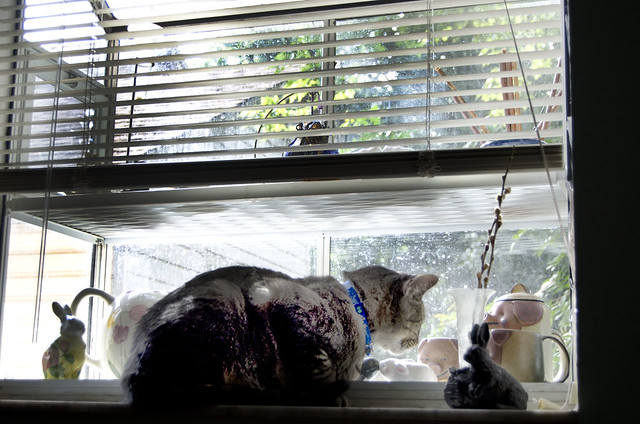Why take several photos in varying f-stops with the camera on a tripod and then combine them with Photomatix? Why not just take an existing photo, adjust the photo to different exposures, rename and save them, then combine the renamed files with Photomatix? What is the advantage (if any) of combining multiple ORIGINAL photos versus combining multiple VARIATIONS of the same photo? I addition, when Photoshop layers with different exposures are combined doesn't that do the same thing?



 LinkBack URL
LinkBack URL About LinkBacks
About LinkBacks
 Reply With Quote
Reply With Quote





